The Architecture of Intent
A Critical Lexicon
This collection of studies is the intellectual architecture of Post-Luxury Conceptual Functional Art (PLCFA).
The true artistry of this Maison resides not in the finished form, but in the rigorous thinking that precedes it. These essays serve as the conceptual foundation for PLCFA, using a critical lens to interrogate cultural phenomena, art history, and consumer paradigms—analyzing everything from the ephemeral spectacle of luxury to the pure architectural rigor of abstract principles.
This is an invitation into the workshop of the mind. By sharing this process, we validate the necessity of a new category of value and invite you toward a well-considered life, one founded on true craft, uncompromising narrative, and durable meaning.
New to PLCFA? Begin with Essential Reading below.
Exploring a specific area? Navigate by category.

Doris Salcedo: The Function of Suffering—Memory, Emotional Labor, and Political Witness in Post-Luxury Conceptual Art
The Post-Luxury paradigm begins with the recognition of a profound intellectual and ethical vacuum at the heart of contemporary culture, driven by the collapse of traditional luxury’s value equation. This study argues that the definition of function is too narrow—it fails to account for the essential human experiences, like collective memory and the reckoning with trauma, that constitute necessary human labor. This Function Gap is addressed by Doris Salcedo, whose objects possess a fierce utility by performing non-commodifiable, enduring social work. Her practice transforms art from a status symbol toward a ritual tool for collective conscience, shifting its role decisively from the logic of possession toward a logic of being. Read the full study to see how the work of this Philosophical Architect changes everything.

Carol Christian Poell: The Alchemical Designer, Post-Luxury's Radical Critique of Materiality and the Smooth Society
Carol Christian Poell stands not merely as an avant-garde designer, but as a critical theorist whose chosen medium for philosophical inquiry is the garment. This study positions him as the definitive Philosophical Architect of the Post-Luxury world, whose entire body of work—from the visceral reality of blood-tanned leather to the anatomical disruption of the Spiral Pants—is a sustained argument against the Hyperreality of mainstream luxury. He rejects the frictionless aesthetic of the "Smooth Society" by demanding endurance from the wearer (the Drip Sneaker) and delivers his critique through industrial alchemy: a methodology that uses injected dyeing to expose the material's vascular networks and employs the grotesque to reject sanitation. We explore how Poell transforms fashion from a disposable commodity into a potent site of political and material inquiry, proving that the object's true worth resides in the difficult, non-transferable history of commitment co-created by the wearer over time.
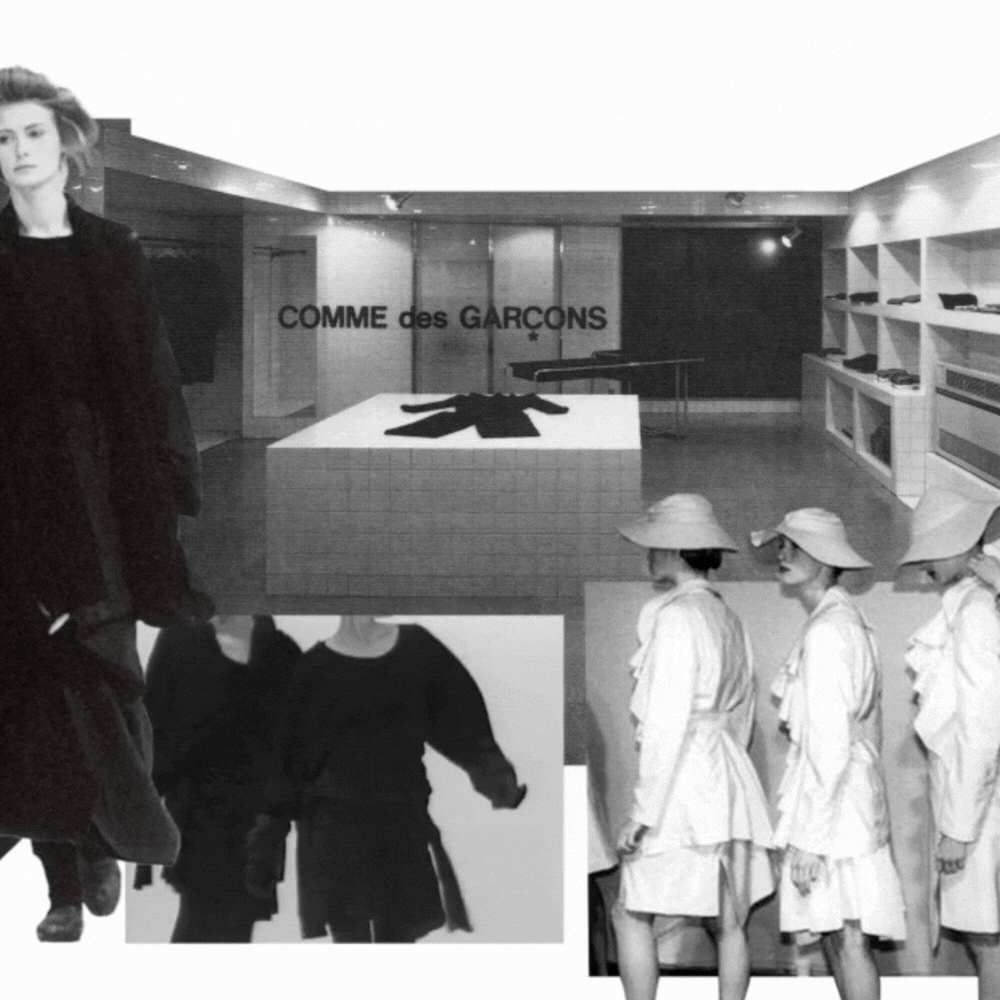
Rei Kawakubo and the Critique of Fashion as Conceptual Art
To categorize Rei Kawakubo as a mere "fashion designer" is a fundamental failure of language. Her life’s work is not a sequence of collections, but a sustained, totalizing critique delivered through the medium of the garment. This study traces her journey as a Philosophical Architect who relentlessly challenged the fashion system’s core tenets: the hollow worship of novelty, the arbitrary definitions of luxury, and the commodification of the human form. Through her radical 1982 "Destroy" collection, the conceptual warfare of the 1997 "Lumps and Bumps," and the creation of Dover Street Market, Kawakubo established the foundational anti-fashion lineage for the entire Post-Luxury sensibility. Her ultimate creation is an inhabitable universe where value is based on concept, function is defined by critique, and the only true object of affection is the one that forces intellectual engagement.

Why Marine Serre’s Upcycling Is Not A Trend
Is sustainability a hyperreal gesture, or is radical change possible? This critical study challenges the conventional fashion narrative by defining Marine Serre not as a designer, but as the world's first true Artisan-as-Industrialist. We dive into the profound philosophical conflict at the heart of luxury: the easy, frictionless sign of change versus the difficult, material act of industrializing a solution. Serre cracked the most difficult nut in the business by demonstrating how to scale authenticity, making her Eco-Futurism a structural and financial blueprint. By explicitly rejecting the volume and velocity that causes Systemic Exhaustion , she engineered a new savoir-faire rooted in regeneration and the Aesthetics of Endurance. We analyze her acts of radical transparency—from the upcycled bedding campaign to the 1.3 tons of textile waste on the runway—to prove that her brand's crescent moon logo is not an arbitrary symbol, but an indexical sign of genuine, industrialized labor. This is the definitive thesis on why her model defines the Post-Luxury future and answers the question of value in the age of the circular economy.

Hiroshi Fujiwara and the Architecture of Post-Luxury Influence
A groundbreaking analysis of Hiroshi Fujiwara as a cultural architect whose work transcends design to reveal a new blueprint for influence. This study, Hiroshi Fujiwara and the Architecture of Post-Luxury Influence, dissects how his career reframed value by replacing empire with intentionality, spectacle with discretion, and inheritance with earned authority. We propose that Fujiwara's Fragment Design lightning bolt functions not as a traditional logo but as a monogram of philosophy—a structural element in a new paradigm of Post-Luxury Conceptual Functional Art. This work is essential reading for anyone seeking to understand the unseen forces shaping contemporary culture.

Mark Rothko's Custodial Strategy: Narrative Control as Post-Luxury Conceptual Functional Art
Mark Rothko's genius wasn't just in his color, but in his refusal. His entire artistic career functioned as a deliberate act of philosophical protest against the art market's relentless commodification. He didn't just paint canvases; he engineered encounters designed to be intimate, confrontational, and transcendent. This report dissects Rothko's radical moves—from his dramatic exit from the lucrative Seagram Murals to his precise, non-negotiable curatorial directives, as a strategy of narrative control. This controlling stewardship over ownership is not merely a historical footnote; it establishes his work as the ultimate case study for the principles of Post-Luxury Conceptual Functional Art (P.L.C.F.A.), validating art's profound emotional utility over its price tag.

The Fluidity of Form: How Iris van Herpen is Rewriting the DNA of Haute Couture
In a world where fashion often feels constrained by its own heritage, Iris van Herpen is a visionary who dares to rewrite its very code. She doesn't simply design garments; she sculpts a new reality where the boundaries between biology, architecture, and technology dissolve into a sublime whole. Her groundbreaking creations, from 3D-printed liquid forms to gowns grown from mycelium, are not just clothing but living manifestos that challenge our perception of what a garment can be. This essay explores how van Herpen’s relentless pursuit of metamorphosis has launched haute couture into a new, boundless dimension where form is always in a state of flow.
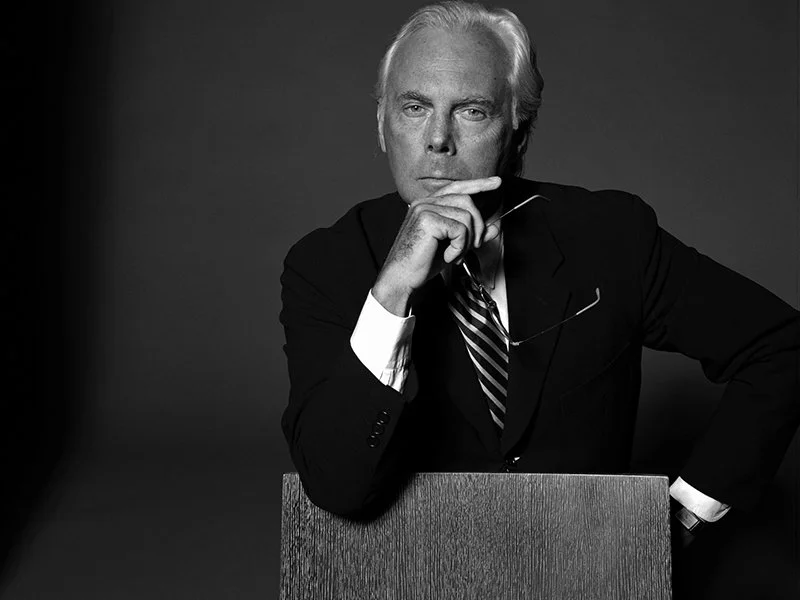
The Architect of the Unlined Suit: A Study on Giorgio Armani
In a world defined by stiff tradition, Giorgio Armani ushered in a quiet revolution. He was a visionary who didn't simply design clothes; he sculpted a new architectural language for the body, a breathtaking rebellion against the rigid structure of the suit. From his initial act of defiance to the global empire he built, Armani's life was a singular, relentless pursuit of a vision that would forever redefine the very essence of modern elegance. This is a comprehensive study of a pioneer who didn't just dress people, but also actively shaped global culture and aesthetics.

The Queen of the Curve: Designing the Future of Architecture
In the rigid geometry of the built world, Zaha Hadid arrived not to design a structure, but to sculpt a new lexicon of form and space. She was an architect who did not simply build; she created a kinetic ballet in concrete, steel, and glass, a breathtaking rebellion against the straight line. From the ancient cities of Baghdad that first inspired her to the global stage she commanded, Hadid's life was a singular, relentless pursuit of a vision that would forever redefine the very essence of the built world. This is the comprehensive study of a pioneer who did not just design buildings, but actively shaped the future of culture and aesthetics on a global stage.
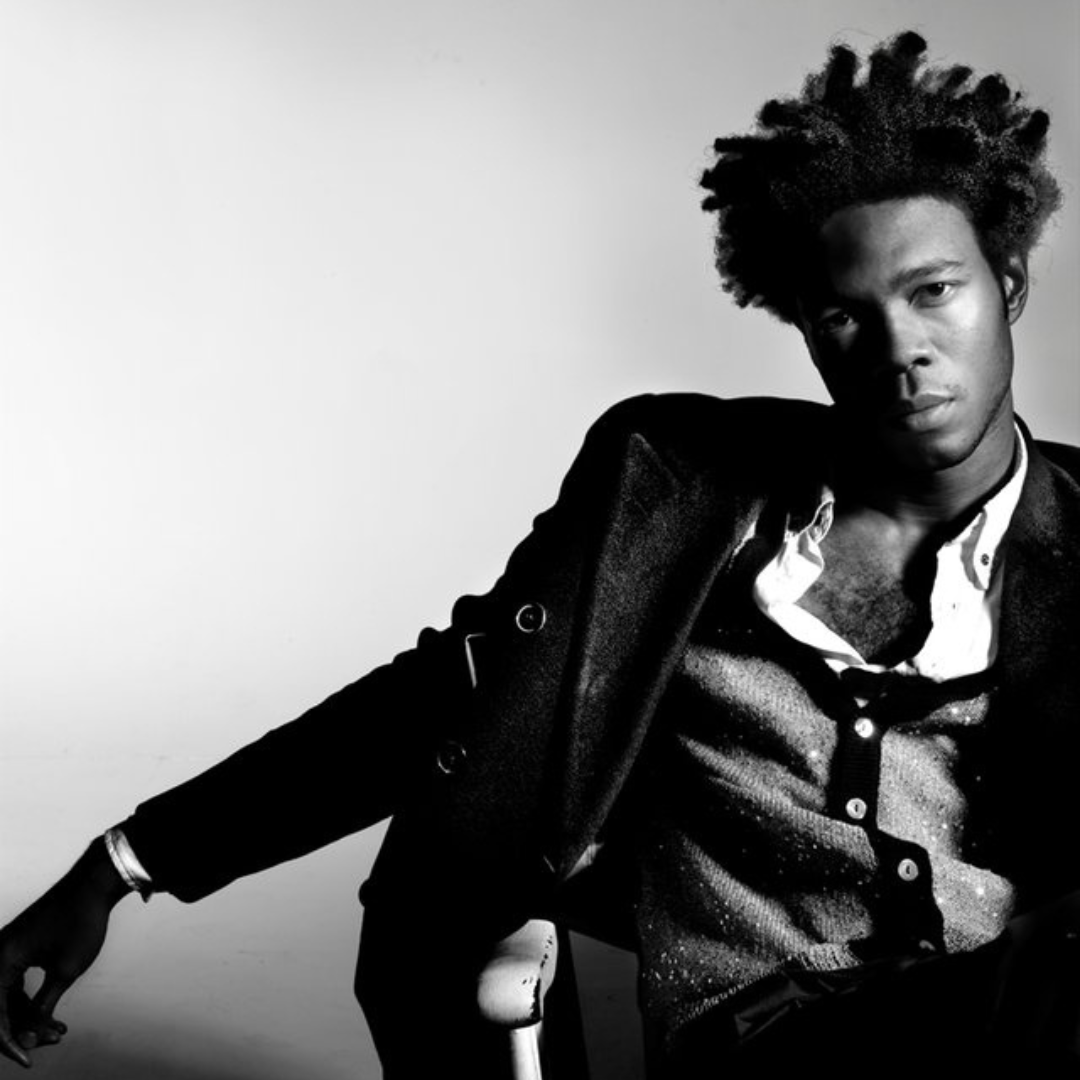
The Modern Tailor as a Cultural Synthesizer: Charlie Casely-Hayford
Beyond fast fashion's noise, Charlie Casely-Hayford's work is a cultural synthesis rooted in a family legacy of "duality and hybridisation". His brand redefines luxury by championing a "discordant synergy" and creating an intimate, personal connection with a focus on longevity and authenticity. Discover the story of the modern tailor forging a new path for timeless style.
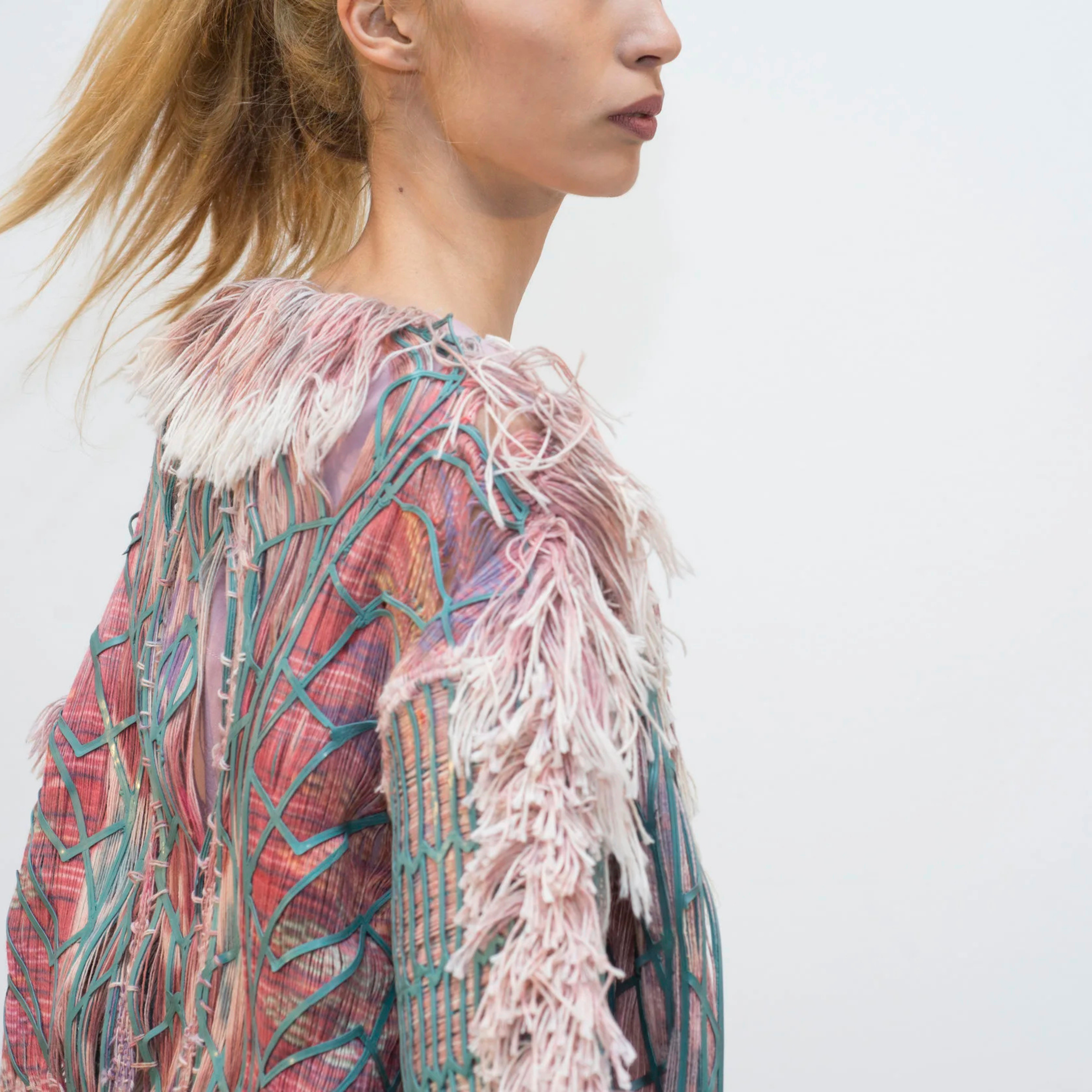
The Future of Luxury: Ganit Goldstein, The Generative Architect of Computational Textiles
Ganit Goldstein represents a paradigm shift in the domains of fashion and computational design. She operates not as a traditional designer, but as a technology developer who utilizes fabric as a platform for pioneering research and innovation. Her work is a profound philosophical synthesis of traditional craft techniques and cutting-edge digital fabrication tools. This "hybrid" or "backward and forward" workflow directly challenges the unsustainable practices of fast fashion by advocating for a system of on-demand, customized, and high-value garments. The work has evolved from creating aesthetically driven, craft-inspired pieces to developing programmable, interactive fabrics that respond to human gestures and environmental stimuli. Discover the full story of this generative architect's vision for a future of intelligent, interconnected garments.
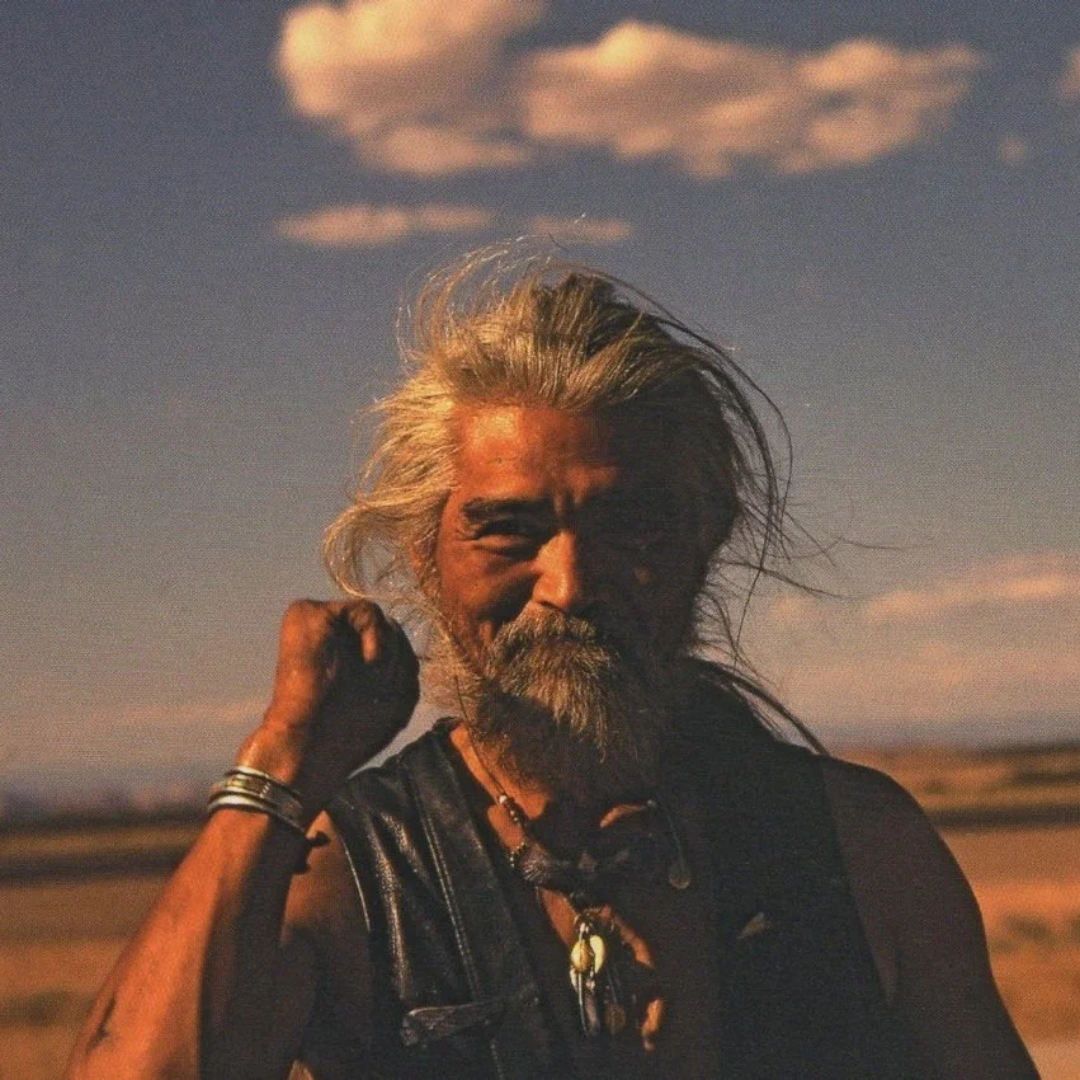
The Forging of a Legend: Goro's, A Philosophy Embodied in Silver and Gold
In a world of conventional commerce, a single, unassuming storefront in Tokyo stands as a testament to an entirely different kind of luxury. The brand's founder, Goro Takahashi, was a silversmith whose life was a living testament to an uncompromising dedication to his craft and a profound philosophical rejection of commercial compromise. For Goro, the sacred motifs he would later make famous were not simply borrowed aesthetics; they were personally bestowed upon him during his deep spiritual communion with the Oglala Lakota people. This business model is the direct, living testament to his deeply held beliefs, where the purchase of a piece becomes a personal "rite of passage". The brand creates an economy of trust and loyalty where the value of a piece is measured not in its price, but in the story of how it was earned. Discover the full story of this legend whose work proves that some things must be earned, not simply bought.
